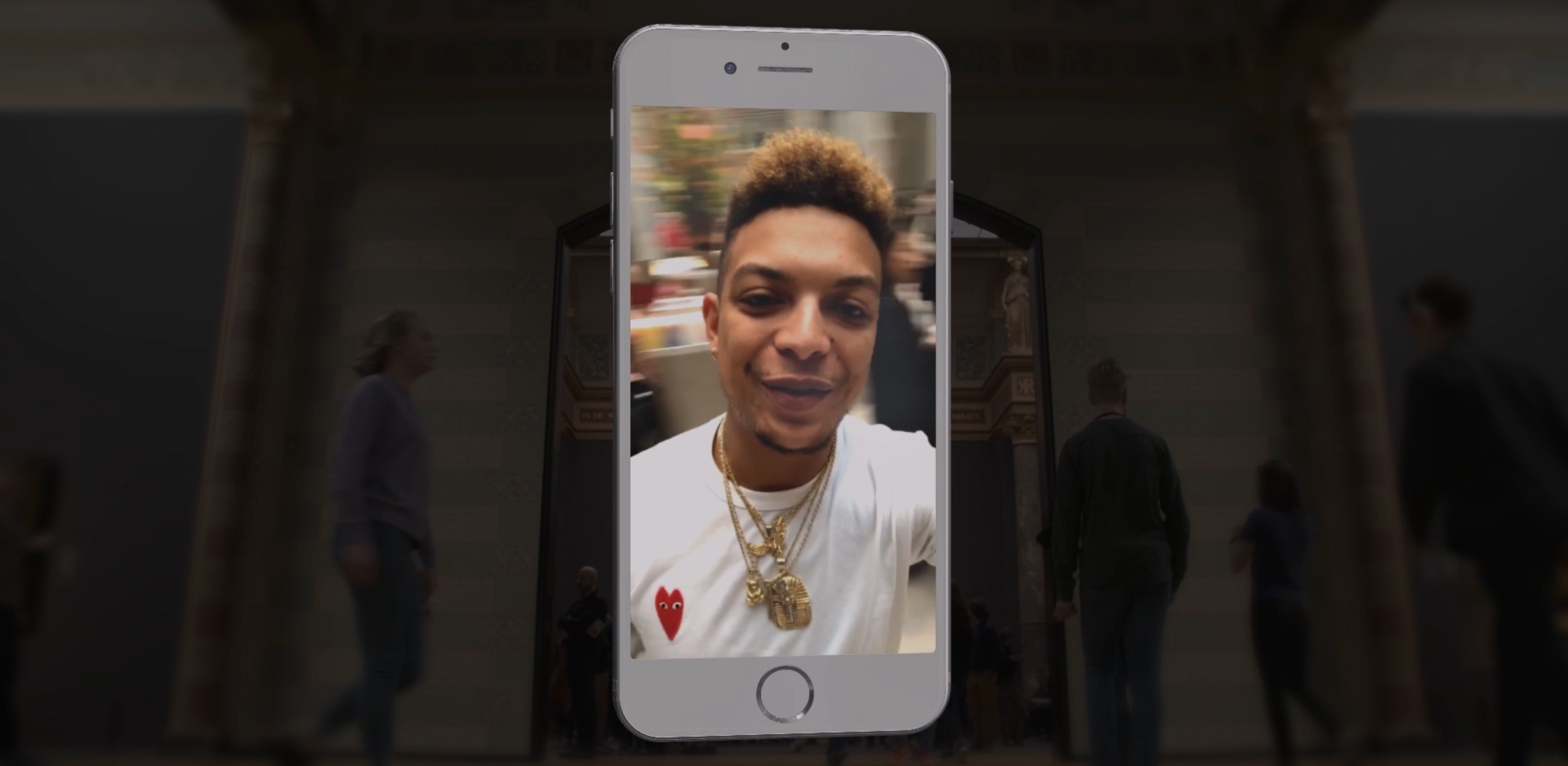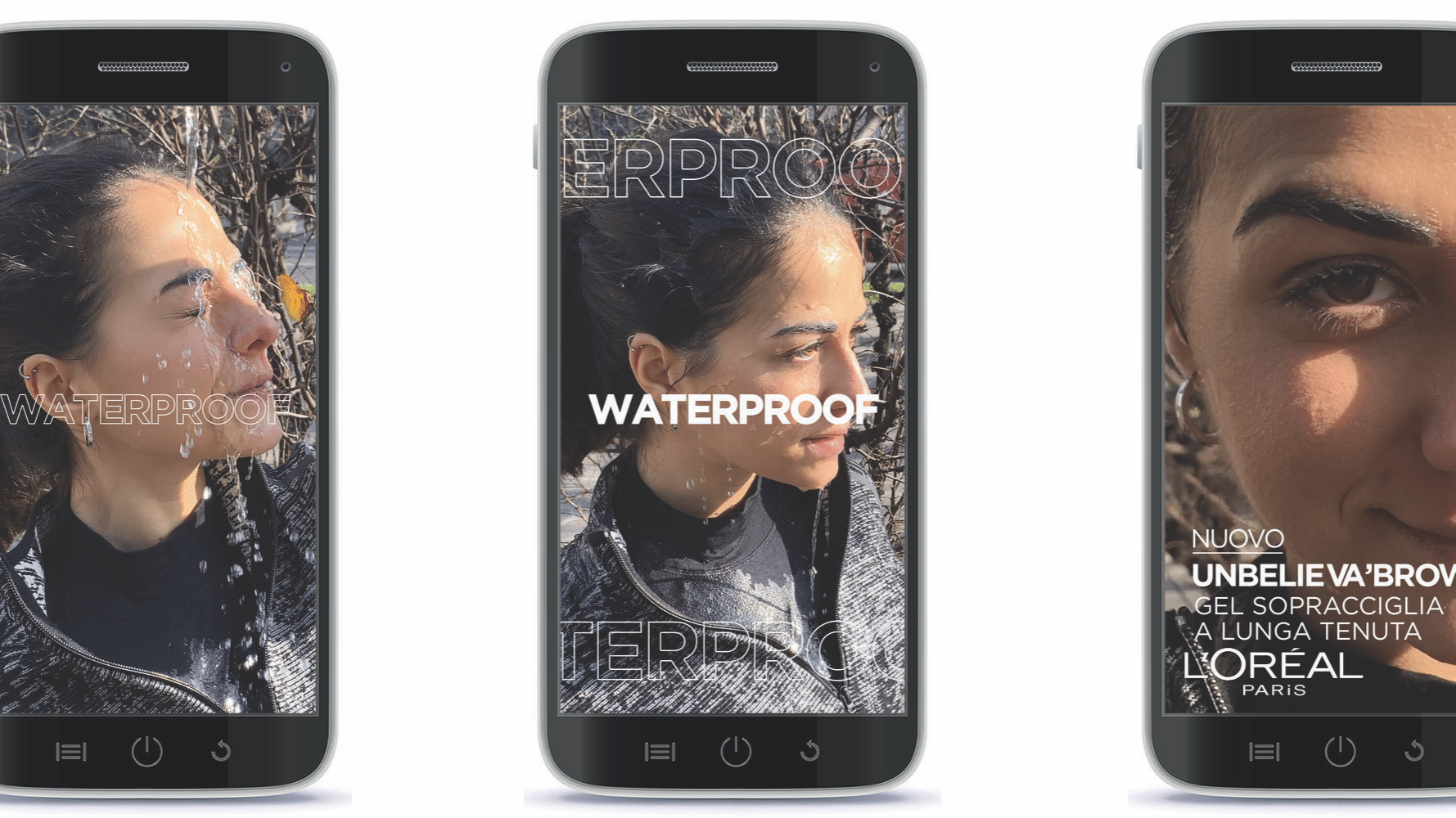How to Make Friends and Influence People Authentically

The FTC recently released a set of guidelines informing influencers of how they should disclose branded content. They range from some of the more obvious points (definitely disclose that you’re being paid to promote something) to more stringent ethical concerns—for example, influencers can’t talk about an experience with a product you haven’t tried, nor can they praise a product that they don’t think is good.
These guidelines are not only useful to maintain transparency with consumers. In fact, they remind us how brands and influencers can—and should—form more meaningful partnerships that benefit them both. Doing so achieves a truer sense of authenticity, authority and integrity, exactly what a brand seeks to infuse in their story when working with influencers. Here’s how to make that happen.
Adopt a Community-First Mindset
The surest way to build authenticity into an influencer campaign is to center the story around the community you hope to connect with. Consider, for example, how many leading content creators interrupt or introduce their content with a scripted spiel about a product that doesn’t have anything to do with the content itself. For many in the audience, these ad reads might have a “it’s what pays the bills” kind of vibe, rather than a reliable endorsement from the influencer.
Get at the heart of what the influencer means for their audience.
While such a tactic might increase reach and awareness, it doesn’t go far enough in creating a meaningful connection with the audience. “A lot of companies think about influencer partnerships like they would a media spend,” says Claudia Cameron, Head of Digital Marketing at IMA, a digital influencer agency that merged with MediaMonks in August. “Get at the heart of what the influencer means for their audience, rather than focusing on getting in front of as many people as possible.”
In an ANA presentation on how brands can retain relevance through influencer partnerships, Hot Wheels Sr. Marketing Director/Head of Brand Marketing Ricardo Briceno discussed the toy brand’s strategic, long-term partnership with vlogger Tanner Fox. As an automotive enthusiast, it was clear how Fox’s content overlapped with the brand’s mission to ignite a challenging spirit in children through cars. “What is the shared value between what Hot Wheels stands for and what the creator stands for?” Briceno asked rhetorically, demonstrating key questions that brands should consider in forming their approach to partnership.
Allow Creative Control for Added Authenticity
Defining this shared value and goals does more than ensure a brand’s goals and influencer’s audiences are aligned. It can also help build confidence and comfort in giving the influencer freedom to create content how they choose. Cameron advises that brands provide influencers this flexibility.

Our influencer-led campaign for L'Oreal Paris gave influencers the freedom to create content however they pleased, within brand guidelines.
This enables the brand to achieve authenticity and relevance by building the story around the influencer’s audience. “Set the campaign to fit the feed, rather than the other way around,” Cameron says. “You can give influencers parameters in how you want to position the brand, allowing them to connect strategically with the audience.”
And no niche is too small or obscure to make a meaningful connection. In promoting its new navigation device, electronics company TomTom faced a challenge: how could they reach an audience of truck drivers, who are notoriously hard to reach with so much time spent on the road? Inspired by the insight that truckers combat loneliness through social media connection, IMA tapped into an online community of drivers and discovered 18 of its most influential users, paving the path for TomTom to engage with the community in a genuine way. It shows how the value of influencers extends beyond the glossy image that the term “influencer” commonly conjures up—and that even those without big followings can earn big user engagement.
Build Lasting Relationships and Trust
Brands can do more than give up some creative control to maintain authenticity. Cameron suggests they achieve a higher quality relationship with influencers by moving away from short-term campaigns and cultivating longer-term partnerships instead—at least six months at minimum. “You need an understanding of how the influencer talks with their audience, then apply that with your strategy,” says Cameron. “When connecting with niche audiences, this becomes very specific.” Nurturing a longer-term relationship helps build that understanding.
You need an understanding of how the influencer talks with their audience, then apply that with your strategy.
This also helps influencers feel more involved with the brand. “If you’re a makeup brand and there’s a new release, make sure your influencer gets it before anyone else,” says Cameron. She notes that gifting products alone is no longer an effective strategy for building social buzz, though brands can build involvement by offering influencers—and their communities—with an exclusive experience.
Keep Up with Evolving, Cross-Border Guidelines
Regardless of how deep your relationship is with an influencer, it’s important to keep abreast of regulations and guidelines like those recently released by the FTC. But this offers a challenge to global brands: each market has different rules to follow. A global partner like IMA can help brands and influencers alike ensure their message is within local guidelines while maintaining a global brand standard.
Cameron also notes that disclosure is quickly getting better on social platforms like Instagram, which offers a paid partnership tag that clearly labels branded content. Far from harmful to branded content’s effectiveness—“We don’t see any negative ramifications yet,” says Cameron—the tag offers greater visibility for the brand by highlighting its role in creation of the content.
With greater visibility for the brand, added authority for the influencer and transparency toward the user, it’s easy to see how improved disclosure offers a net positive for everyone and builds stronger relationships. And that’s what influencer marketing is about: forging a meaningful connection and offering real, relevant value to the audience.
Related
Thinking
Sharpen your edge in a world that won't wait
Sign up to get email updates with actionable insights, cutting-edge research and proven strategies.
Monks needs the contact information you provide to us to contact you about our products and services. You may unsubscribe from these communications at any time. For information on how to unsubscribe, as well as our privacy practices and commitment to protecting your privacy, please review our Privacy Policy.



